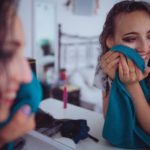Free Portfolio shootings and a model’s perspective: TfP
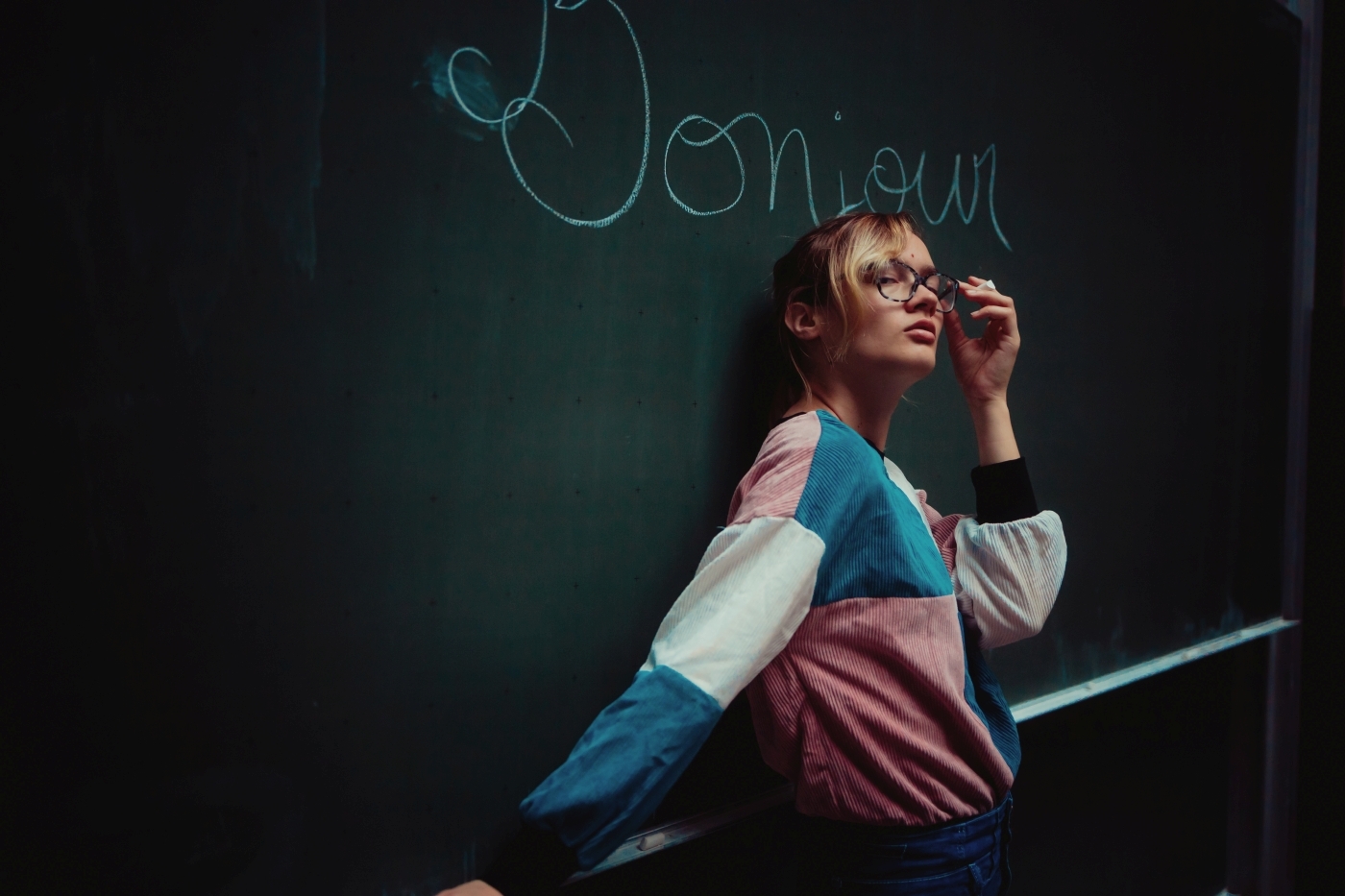
You already read the blog about how to do TfPs as a photographer. Didn’t you? If not, go check this out!
You are back, good! Now let us see how you can do TfPs as a model!
As a quick recap, TfP is a collaboration between the photographer and the model where both parts of the contract work for free, to learn or create a specific projects. The model gives her/his time and receives photos. The aim of both sides is to create a more complete portfolio to be able to grow and present that portfolio to agencies for example. The collaboration can also be done with makeup artists, hairdressers, etc. However, we will concentrate here on the contract between a photographer and a model, from the model perspective.
I, myself, am a model since beginning 2018 and have worked professionally as such. I also did TfPs and am still doing some. Therefore, I have accumulated experience in this domain now. In this article, I will always use “photos” or “pictures” to speak about what the model receives, but it is also applicable to videos of course.
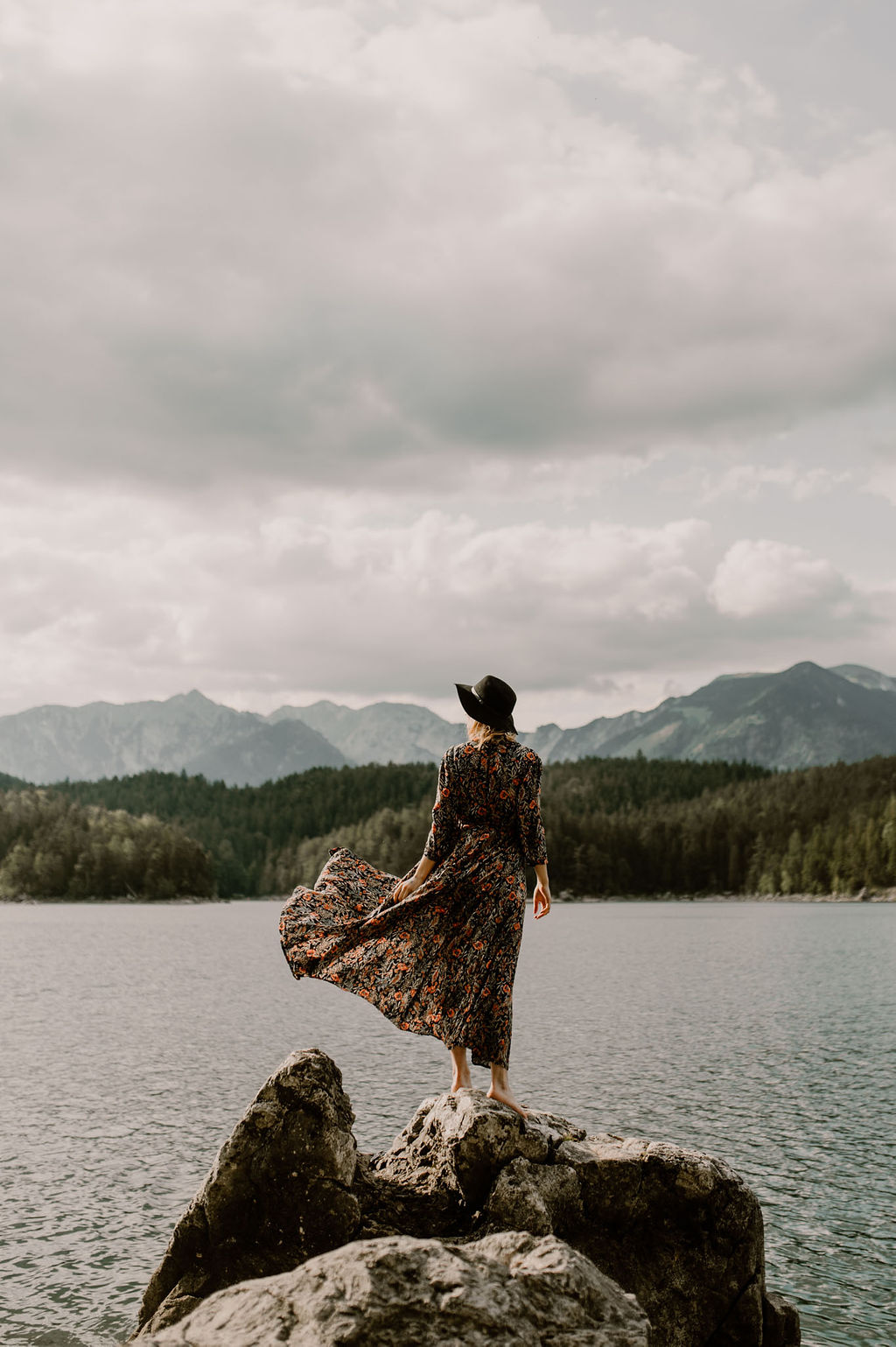
What a model receives exactly in exchange for time?
In general, at the end of a TfP, a model receives a certain amount of pictures, selected and retouched, by the photographer. Some photographers are also including the model in the selection phase. This gives the following procedure:
- Contact phase between the model and the photographer.
- Preparation of the shooting.
- Shooting day.
- Pre-selection from the photographer. Possible pre-retouching as well.
- (optional) Selection from the model.
- Retouching from the photographer.
- Delivery of the pictures.
This procedure sounds easy, doesn’t it?! Now let me give you some details!
Spoiler Alert! Let’s get over the most obvious things first
But before going deeper on all the tips I have for models in order to do a TfP shooting, there are two points I am feeling entitled to remind everyone, even though it seems obvious:
- The model does not receive all the raw files, does not have the right to ask for a specific retouching not previously seen with the photographer, prior to the contract, but can honestly (and politely) say what she/he thinks of the pictures and the shooting session.
- The model should as well always tag the photographer when posting the given pictures on social media. And not add a filter to the pictures done by the photographer. If you do not like the picture given to you, just do not post the pictures. It serves you as a lesson to better check the photographer’s moodboard and Instagram in order to really understand if it fits to what you want to have. Trust me, it happens. Hopefully, it is exceedingly rare. But it’s ok that it happens, and you should not destroy a photographer’s work by changing it, even though you think you made it better. If you cannot accept not to do this, then you can still pay for a photographer and the pictures will be yours to use and transform as you want. You can also take the pictures yourself, problem solved!
It seems normal, honestly I don’t even know that those problems existed before. But I have spoken to a lot of photographers, and those 2 complaints are regularly popping out. You should not just want to do a TfP shooting to have free photos from you. You should at least show some professionalism. And those 2 points are basic key indicators to show this.
If you just forget to tag once, do not worry, I myself forgot once or twice to tag a person when I started bigger projects with multiple people involved. Forgetting is ok. If you do not make it a habit (And even me, who needs lists of lists to be sure I do not forget something, I am able to remember it now 😉).
Now we are all on the same page, let us focus on how to help you skyrocket in the world of TfP shootings.
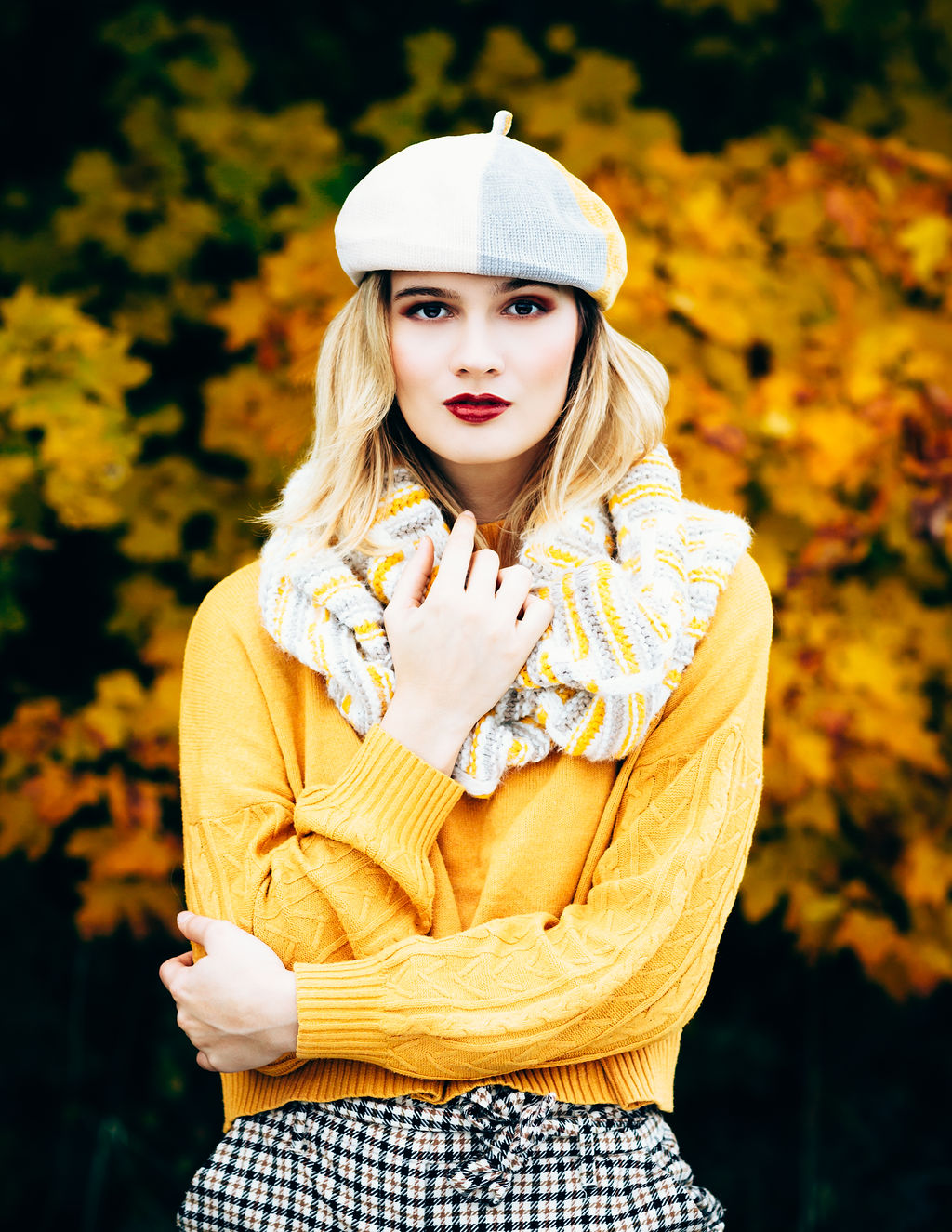
How and where to find TfPs?
There is no hidden secret for this:
- Facebook groups
- Websites
Wherever you are, you can search for “collaboration shootings” or “tfp shootings” groups in your city. You can as well search for photographers, e.g. on Instagram, and ask them directly, politely and explaining the main reasons you are asking them specifically. Some Instagram photographers are exhausted and angry of having those requests so be careful to really watch the photographer’s site or Instagram before contacting her/him and be really polite when you ask.
As I usually do not feel comfortable doing this, I usually prefer social media groups or websites like www.model-kartei.de for example. I already contacted photographers directly, but I was more saying “I love your work and I love how you use colors […]. If you have a project where you need specific tfp-models, I would definitely be interested in being part of this. Have a good day and I am excited to see your future posts and stories!”
Just keep in mind that having a page to show what you have done already is important! It can be an Instagram account. It allows you to show your portfolio. Most of my TfPs were done because I was directly contacted by the photographers through my model-Instagram account. It is even better if you can have a specific account for modelling photos, but it can be a lot of work.
If you just start, and you do not really have pictures to show yet, it is ok as well of course, everybody starts somewhere. You could just tell the photographer, so you both will be able to adapt to the situation. Indeed, if you do not have experience, you may need to receive more tips and help on your poses and you could require more time. Honestly, I started by paying my first shooting about 300 euros for a lot of photos. It helped me to realize that I liked doing this. Plus, I had awesome pictures to show future photographers afterwards. I directly went to TfP and professional shootings after this.
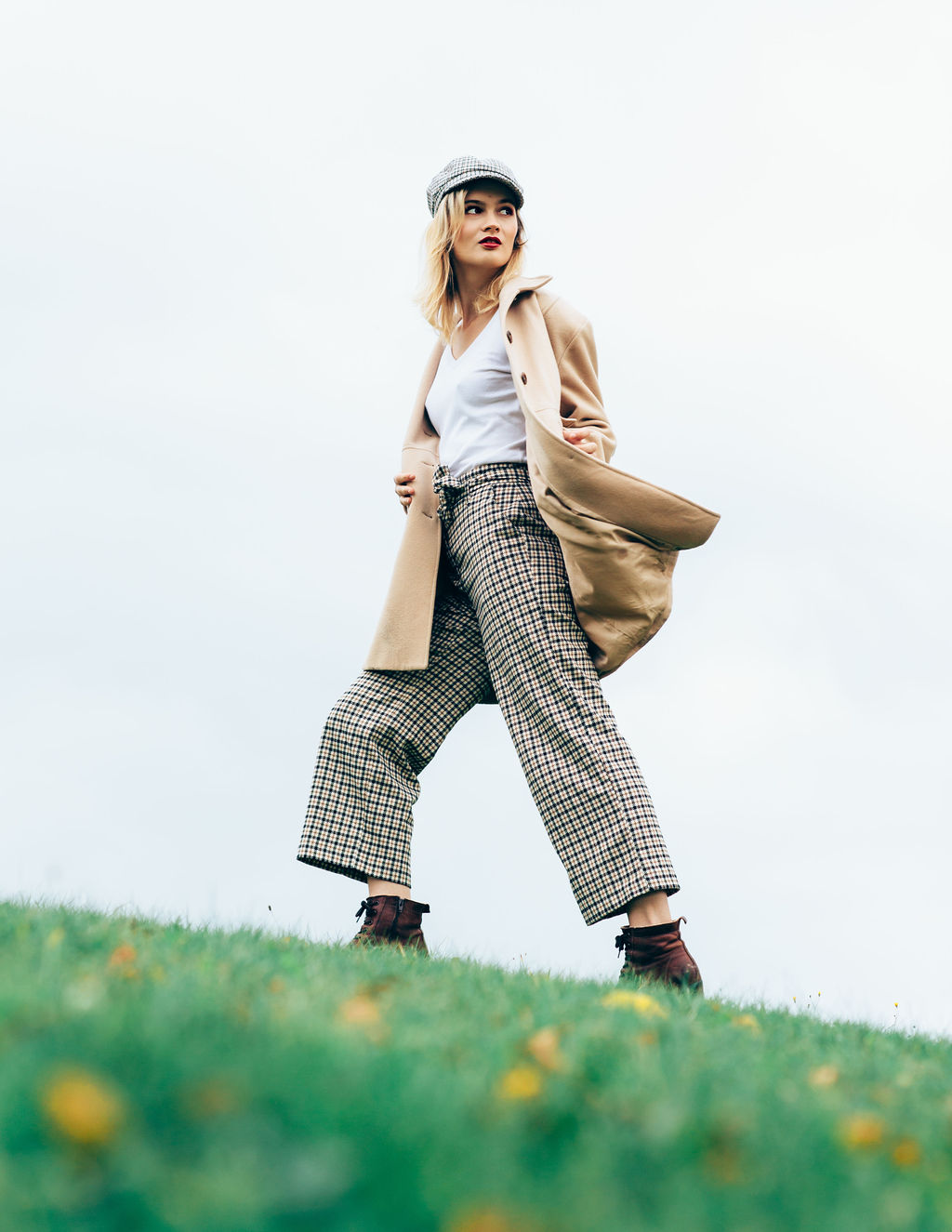
Be sure it feels “right” before you meet
As long as a photographer has not seen what you were capable of, she/he may consider that you are not a “real professional” because you accept TfPs. And it comes with some frustrations.
Therefore, I would advise you to understand that and to still play it professionally, so you are irreproachable and can take the best of the experience. If a photographer truly does not treat you well, put boundaries and say no, it is ok not to make each proposed shooting. It is even more ok that you feel comfortable with the photographer and the project idea, even more for a TfP. Because it can be risky to go to shoot with someone you do not know. I am not saying not to do it, but just to be extra cautious and take your precautions when it is a first shooting with a photographer.
As a woman, I know that I need to be prepared for some unprofessional comments or behavior. I always try to quickly discern those kinds of photographers. One of the things that can show me this, is how quick they answer. If they answer too quickly and seem extra pushy, that may mean that they are not professional enough. At least that is how I experienced it.
Preparation is key
(It sounds “old fashion”, but it is so true) Now, let us go on brighter themes: here are the different points that you should check with a photographer prior to a shooting:
Before anything, start by asking for the moodboard. You can also propose one. The moodboard is a picture containing different ideas of photos, put there as “inspirations” for the shooting ahead.
- Including the moodboard, do not forget to check the photographer’s Instagram page or his website. Checking the work of the photographer will give you an idea of how much experience she/he has and what kind of retouching she/he does.
- This is the stage at which, if you really have a specific demand regarding the retouching, you should say something and check with the photographer if it is ok.
- Next thing to see for a TfP is: When and where. I do not have much to say on this. Except that I usually prefer an outside shooting when I meet a photographer for the first time, this depends on the photographer and on me.
- Once you like the ideas, you can both speak about clothes. It is always better to know which clothes you will wear or bring. Therefore, I would recommend that you see that with the photographer who will have a better idea about the theme and output she/he wants. Unless you are the one that proposes the idea of the moodboard. In that case I would still recommend that you show the photographer the clothes you want to have for the shooting, so your collaborator can prepare as well.
- Going with the clothes are: hair and make-up. This is a wide topic, but I would advise speaking about this as well so you both do not have bad surprises.
I personally had one of those surprises here. Coming from France, and having done professional shootings, I sometimes thought that, if the photographer was not saying anything about the make-up, that would mean that I should come without anything. Either to do a natural look, or because a make-up artist would be there… Turned out it was not that obvious! - Last step! Congrats you are almost ready! Wait… what about the contract? I would put the contract topic at this stage, but it can also be something that I open the conversation with. The contract is an important part of the process, way too under-estimated. I will speak about it later on, but it is good to remind you that the contract point should be discussed before the shooting.
Some other points I would add
- I am speaking about the phases of a shooting in this article but there is also a phase in between where, in addition to communication, you should as well train yourself to pose. There is always room to improve.
- When speaking to anybody, please remember to be polite and professional.
- If you feel not completely comfortable with the photographer, you can protect yourself by asking the photographer for a meeting before the shooting. You can also tell the photographer that a friend comes with you. This is completely ok and you can explain to the photographer that you would feel more relaxed and therefore pose better.
However, you should bring a friend that will not disturb the shooting session and that will stay aside, reading or watching the smartphone. Nothing is worse for the photographer than a model’s friend coming and disturbing. Well… maybe a friend that is asking for pictures as well, whereas nothing was said before the shooting, is even worse.
(If your friend and you want to do a shooting together, search a shooting for both of you, where the photographer is aware from the start that you will be 2 models.) Of course, the friend will still be there and allowed to disturb the shooting if the photographer has an inappropriate behavior.
Personally, meeting the photographer before a shooting is not the best option for me. Indeed, if the photographer is a good person in real life, it does not tell me if she/he is a good and professional photographer once the camera is on. However, I also do not really invite friends to my shootings because it would distract me too much. I am a shy person with my friends but can truly make a show when in front of a camera. This is why, what I do is something different.
If I have a doubt about the photographer, I tell her/him that a friend of mine is coming with me, as a support and only to watch. If the photographer has no problem with it, I usually feel safer and will later on say that, finally, I will come alone. It already happened that a photographer said she/he was not interested anymore with no further reason. It also happened that a “photographer” stopped speaking to me right after my message! Those two reactions tell me that I should not work with them.
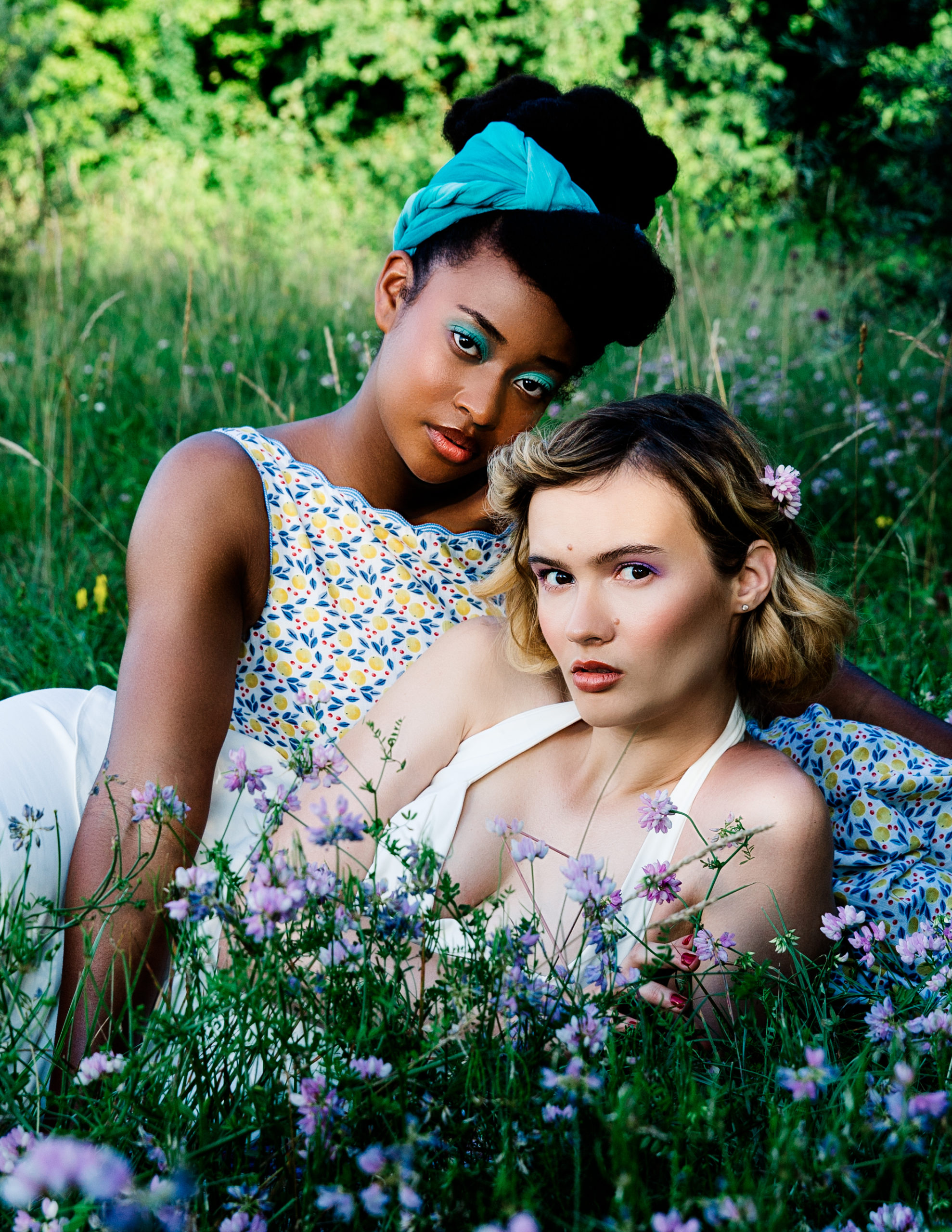
What is the place of a contract in TfP?
It is already explained in the other article about TfPs (from photographer perspective). I will only repeat that it is really important to be protected with a contract.
What is usually written in a decent TfP contract
Here is the top 3 of the points that I expect myself to see in a TfP contract:
- The shooting is for free for both sides (and according to the german law, it should be written in letters and with the number form: “0 euro”).
- Both sides agree not to sully the other’s image. For example, to avoid using photos for pornography websites.
- Both parts can use the output but not for commercial use. This point depends, sometimes it can change but just be sure that you previously agreed to what is written. If you want to use it on your social media, it should be written on the contract (in exchange for tagging the photographer of course).
The shooting period
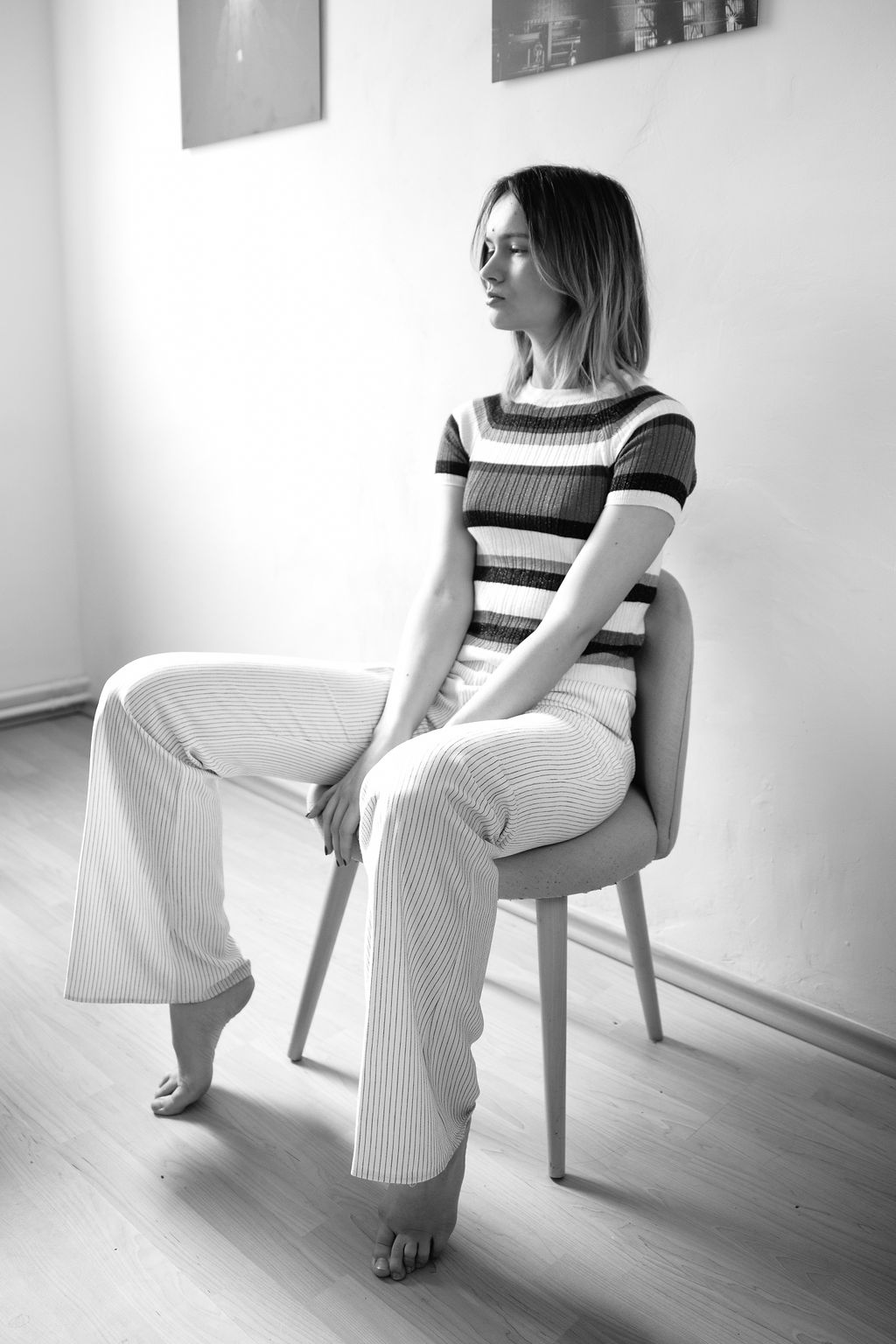
The shootingsessioncan be stressful but do not worry.
Here are a few tips on what to keep in mind.
- Try arriving on time. A hard one sometimes but, still, try. And if you’re late, be open with the photographer so she/he knows how long you will take and answer or prepare accordingly.
- Do not cancel at the last minute unless you have A HUGE excuse.
- Do not forget your clothes, the makeup and hair you both planned for the shooting! 😉
- Stay professional, the photographer is usually not your friend and you should keep this in mind, as she/he should do as well.
- Keep the limits that you said previously to the photographer.
Even if you said yes for a boudoir session – a session usually under-dressed and more “sensual” or at least “natural” – you can still put limits and say no during the session. You should keep in mind that it is a work of 2 persons for “free“. If 1 person is not feeling comfortable enough, it is not worth it.
You got all that? Great! Now pose!
In a TfP shooting, you can of course propose your own poses but also ask for the photographer to guide you. It is sometimes a bit hard to know how one looks in the photos because one does not have a mirror to check if everything is alright. Therefore, you can also ask from time to time to check the latest photos on the camera, to see if you have not been showing your double chin the whole time! 😉
Enjoy the feeling and the atmosphere, free yourself and go! You are amazing and you can do this! Posing with various photographers, even amateur-photographers, is a rich experience that helps you to be more sure about yourself, to be more conscious about how your own body behaves and also to find ideas of new poses. It shows you as well plenty of ways of working, some of them you will not like, some of them you will LOVE. Personally, when I feel completely free with a photographer, I can act so much! I can act like I am desperate, like I am the strongest, the happiest woman on earth or like I am fragile. A real drama! I do not even see time flying. And I do not think about my body anymore, being too concentrated by the story I play in my head.
Little tip: if you want to show a specific emotion, try remembering a past event where you felt that way and repeat it in your head. 😉
I met plenty of talented and passioned photographers doing TfPs. I even became friends with some of them. Understanding their perspective and their drive has really inspired me.
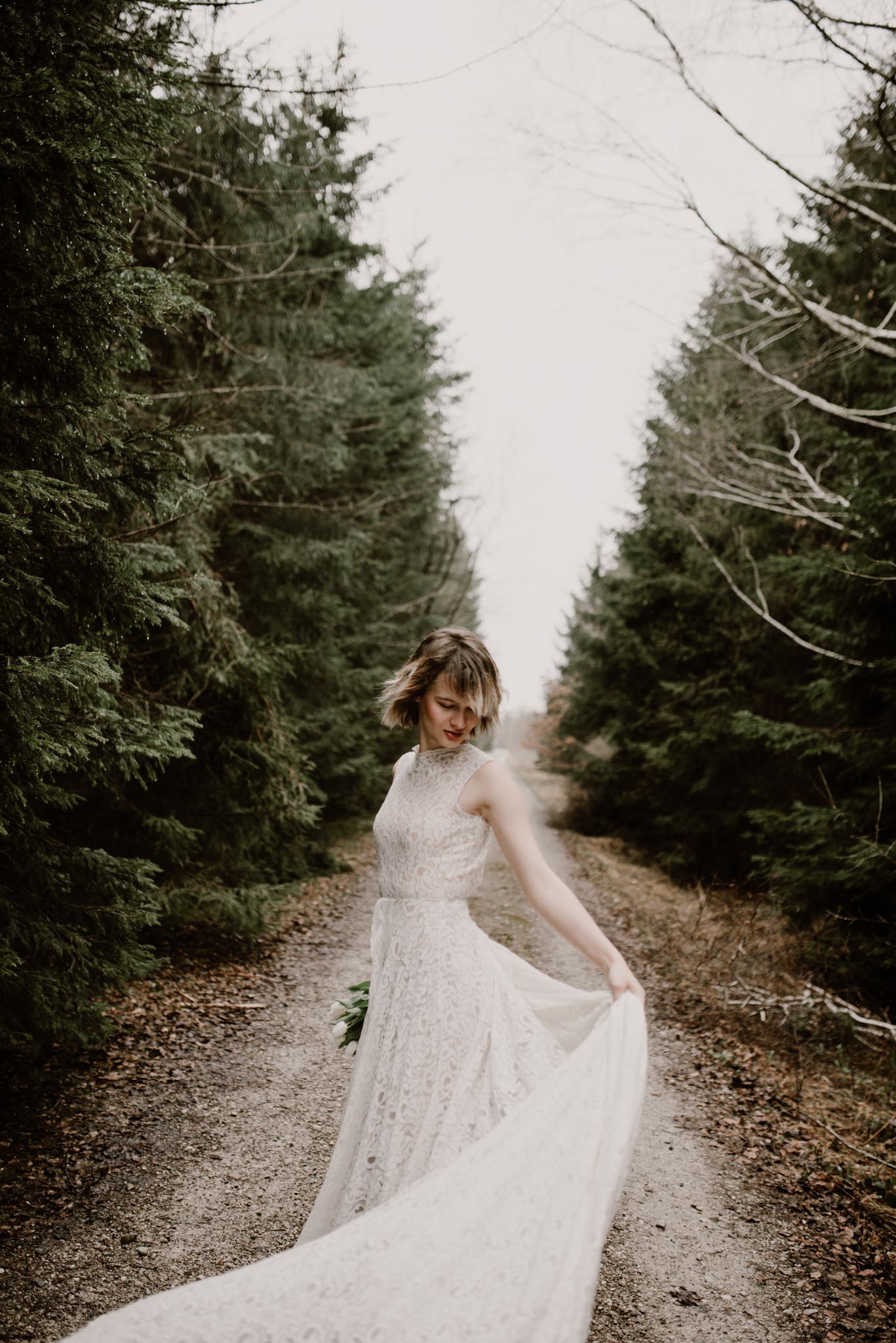
Photo selection from the model
The session went well, the photographer preselected and preedited some photos, now you need to select the final ones: I personally hate this step! 🙂 I do not like choosing, so it is a true and usually painful exercise for me. My advice: go in 2 rounds. First round you do a rough selection. Then wait some time and after this, come back and do a second round where you try to take only the finest. Personally, when it is too hard, I ask for some friend’s advice.
It is also a good time to check what poses fit you the best and which ones do not do you favor. Everybody can be photogenic, but not everybody will be photogenic with the same poses. And do not forget that the pictures are not (entirely) retouched yet!
And after? What can or can’t you do?
You sent your selection and received the last retouched pictures! Awesome! What’s next?
It is now time to thank the photographer and use the photos in your portfolio and in your social media!
Building your portfolio, keep in mind that you should only show photos that are representing what you want to do in the future. If you are not interested in boudoir or nude photography, do not show nude photography of you in your portfolio. If you still do, then specify why this particular one is a nude one.
Little thing I wish I knew before starting TfPs: if you have done a TfP and agreed on 10 pictures, and if the photographer finally retouches and uses 15 for her/his portfolio, she/he normally should give you the 15. Therefore, unless it is said otherwise in the contract, do not forget to remind it. If the contract says 10 and the photographer uses 15 and does not want to give you the 15, then she/he should reduce the amount of used-photos to the ones she/he sent you.
Being a model is a positive and exciting experience! It helps you to learn how to love yourself and your body! Doing this, you also learn how to show yourself in the best light and with the best angles! And it is even a better experience if you are aware of all the aspects and choose to live it fully with the advantages and drawbacks! If you found that interesting or helpful, be sure to follow me on Instagram for more updates and my most recent works.





